 0
0

Medallion by fiquilts
It's time to record the story of the recent, exciting TQS Half-Square Triangle/Strip Exchange for posterity! We've been asked by a very ambitious member, CMOELLERS (Carol), to put out a call to all exchange participants.
In recognition of the many, many beautiful quilts being created with the exchange triangles, Carol would like to create a book and DVD to document the process. Anyone who would like to share their own HST Exchange project is welcome to be included.
Your project can be submitted by email or snail mail.
Submission for entry in prototype due by September 1, 2011 (see #5 below)
Final deadline for submission is May 1, 2012 (see #5 below).
Email is preffered. Please send all requests for submission to carol.moellers@gmail.com. If you have any questions regarding the project send them to the address above. Please keep emails messages to a minimum as Carol wants to reply back as quickly as possible.
1. Submitting your entry
a. The subject line of your email should include the words "SOS SoTTT/Batik Exchange Project-My Submission.
b. Attach photos of your project (quilt, table runner, wall hanging, etc.) to your email.
- Send 2-3 full-view digital photos of your project.
- Send 2-3 detail photos showing the quilting used in your project.
- Send a photo of the label on the back of your project.
c. If using snail mail, burn the images on a CD.
d. Project information (see #3 below)
e. Keep deadline dates for inclusion in mind (see above)
2. Photo Requirements
a. Full-view photos must be of the entire project (all sides and edges included).
b. No part of the project can be obscured.
c. The project must be displayed in full length. Do not lay your photograph on the floor for photographing. Use a light or white background in the photograph.
d. Please do not stand in the photo or have friends (including pets) in the picture.
e. Be sure the digital photo is the best representation of your project as possible. If you make a garment, try to photograph it on a mannequin, showing the front and back of the garment.
f. Pay close attention to the clarity and color of your photograph.
g. Digital photos should be at least 4 MG (megapixel) but no larger than 8 MG saves as a JPEG file.
h. Do not send sllides or prints via snail mail.
I. Your CD will not be returned if using snail mail. Please send your CD in a protective case so it will not be damaged during shipping.
3. Project Information- Include in the body of your email/letter
a. Name of your HST project.
b. The name of the pattern (commercial or original, giving credit to the artist).
c. The size of the project (width & length). This is not a requirement if it is a garment. If it is a purse send the approximate dimensions.
d. In 300 words or less tell me what inspired you to participate, why you chose the particular design, or anything you want to say to share with your fellow participants. All HST projects hava a story and this is your opportunity to share your story with others.
e. Include your name and/or your TQS screen name.
f. Your city, state, country.
4. Sending your entry via snail mail
If you choose to use snail mail, send Carol an email requesting a mailing address. Indicate in the "subject line" of the email-"S.O.S. SoTTT/Batik Exchange-Snail Mail Instructions".
5. Deadline Dates/Viewing/Buying a Book or DVD/Permission
a. A S.O.S. SoTTT/Batik Exchange Book prototype will be available for viewiing at the International Quilt Festival in Houston, TX this November 2011. If you would like for your project and information to be in the prototype please send it to Carol by September 1, 2011.
b. Those not able to attend IQF will be able to see a special Smilebox slide show of the prototype book/DVD. TQS will announce the slideshow in a Weekend Fun and Daily Blog.
c. The final deadline to have all submissions for the S.O.S. book/DVD is May 1, 2012.
d. Information regarding when the book/DVD will be available will be announced on TQS in early 2012. This will include how to order your own copy, cost, postage, etc.
e. By submitting your HST projects/information for the S.O.S SoTTT/Batik Exchange Project you are allowing Carol permission to use and share your HST project/story in the book and DVD.
The TQS gand, Edyta, Debbie, Clara, Ritzy, Margo and all the sorting helpers did all the hard work, now it's time for us to have fun and share our completed HST projects. Now, start sewing and get those SoTTT/Batik projects finished, we have a story to tell.
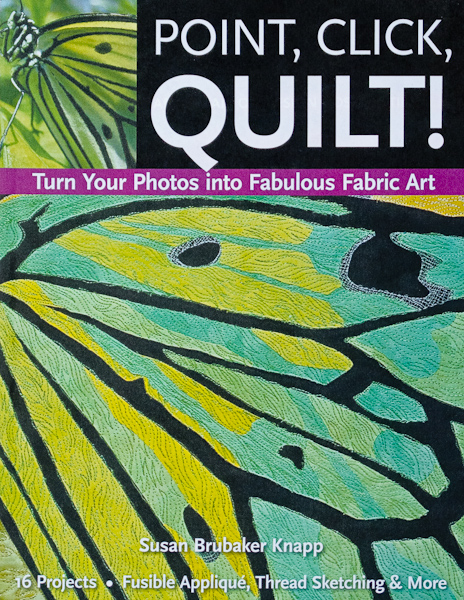



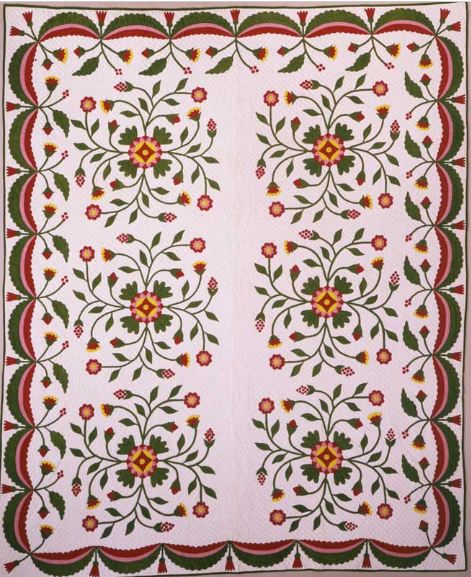
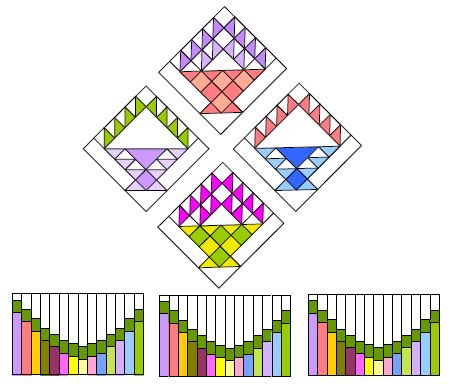
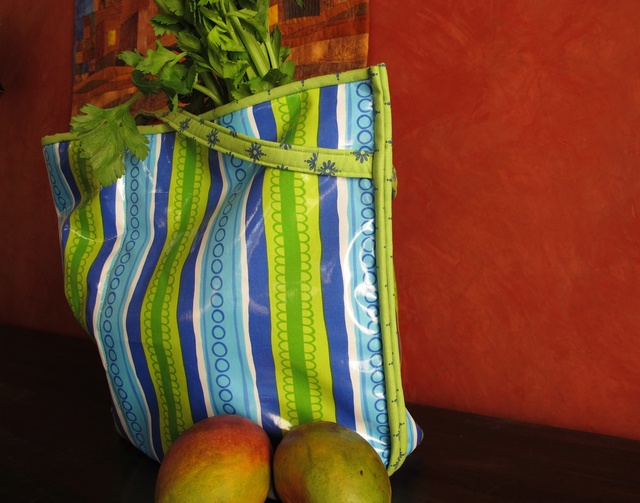
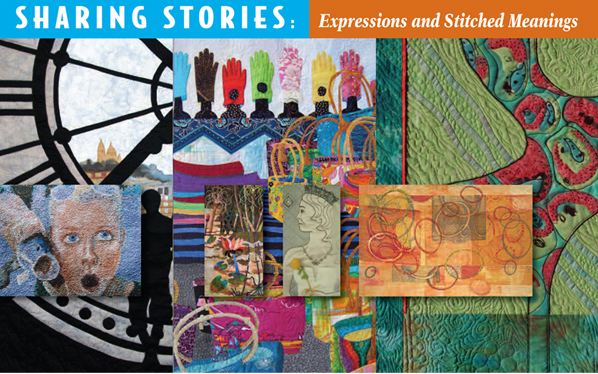
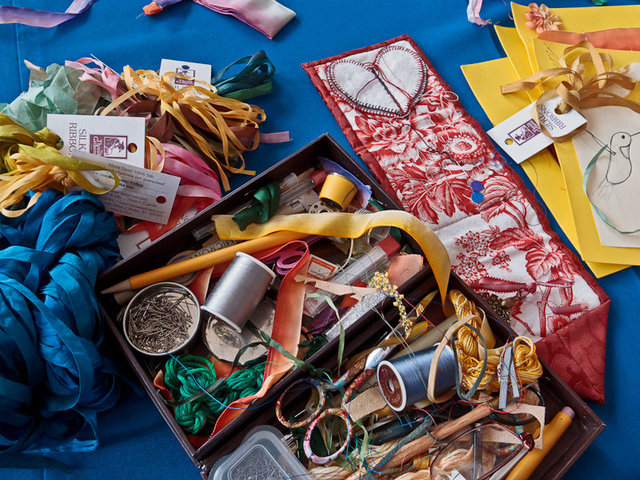


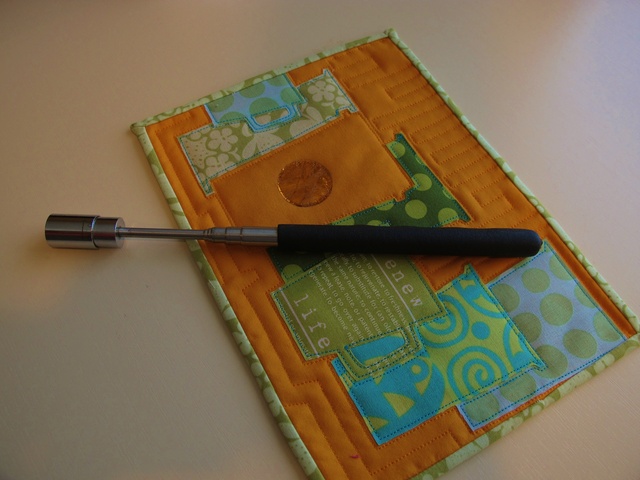
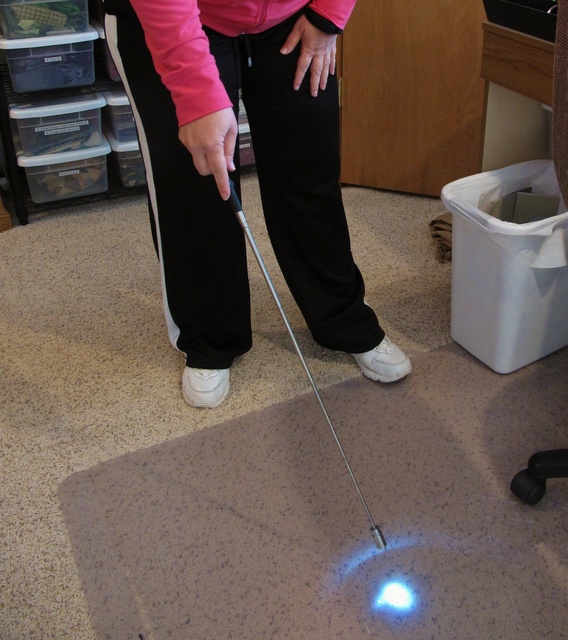


.jpg)


